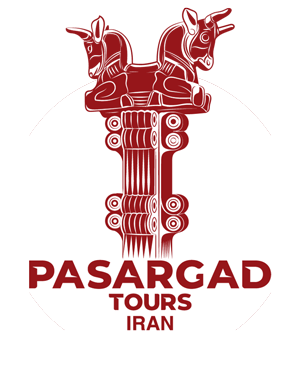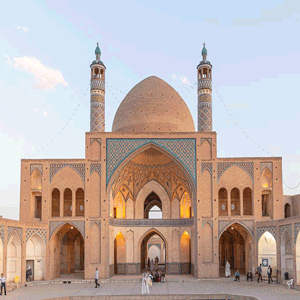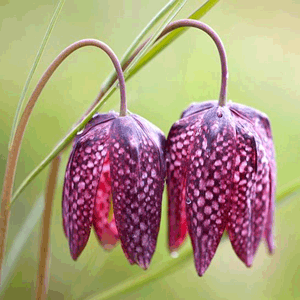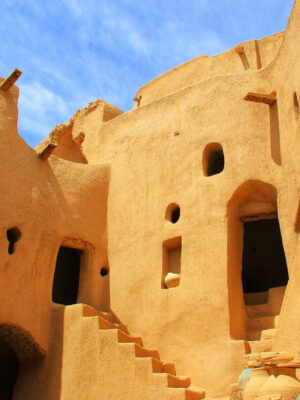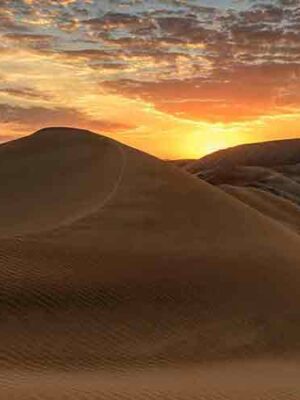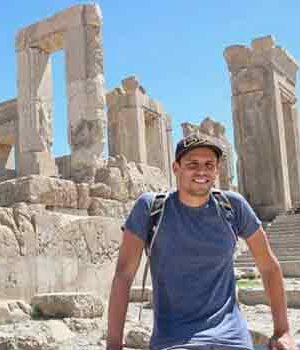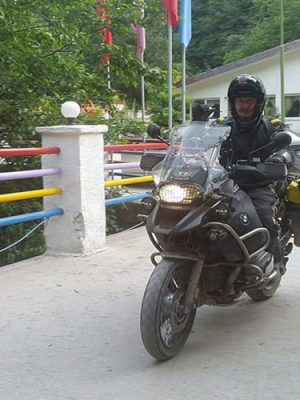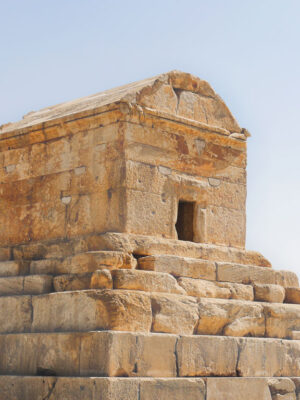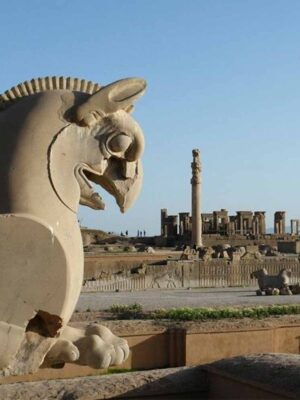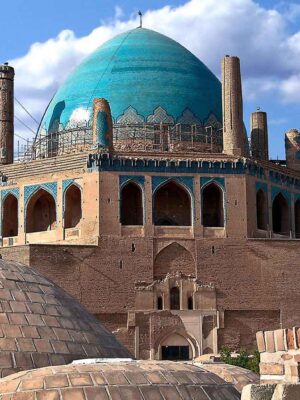The National Museum of Iran
The National museum of Iran consists of two sections; The Archeological section or Irane Bastan and the Islamic period Section.
The French architect André Godard constructed the Archeological museum was in 1937 and showcases a vast collection of objects from Lower Paleolithic period till Sassanid period (7th century).
The National museum of Iran consists of two floors; On the first floor there are hundreds of prehistoric objects which are from different corners of Iranian Plateau such as Tappeh Sarab of Kermanshah Province, Tappeh Alikosh and Tappeh Choghamish of Khuzestan Province,Tal-e-Bakon of Fars Province and etc.
On the ground floor of the The national museum of Iran there are objects from early and late Bronze age, and Iron Age through the Median, Achaemenid, Seleucid, Parthian and Sassanid eras.
Among the objects, exhibited on the ground floor you will find some magnificent pieces from Elemite Civilization (2700 BC- 644 BC). The highlight of the ground floor is definitely objects from Achaemenid period which researchers mostly discovered in Persepolis and Susa.
The Islamic Period Section of the The National museum of Iran
The Architect Eugene Aftandilian constructed this section first in 1972 and after several times of reconstruction. However, it reopened again in 1996.
Islamic period Museum exhibits some of the best collections of Persian visual arts that flourished between 9th -18th century.
Also, there are two halls located on two floors. The exhibition starts with early post Islamic Periods. Old pieces of potteries and metal works mostly influenced by Sassanid art are exhibited here. Also some Qoran manuscripts mostly written in Kufic script on paper and parchment are shown there.
The highlight of the first hall is the objects from Seljuk Empire (1037-1200 AD) including potteries, glassware woodcarving and metalwork.
In the other part of museum there are objects from Ilkhanid – Mongol Rulers- period(– 1219-1353) and Timurid (1389-1508) including fantastic stucco carved prayer niches- Mehrabs_ and gorgeous luster painted tiles.
In conclusion, the national museum is msut-visit when traveling to Iran.
You can also visit Objects from Safavid, Zand and Qajar dynasties in this museum.
The National Museum of Iran
The National museum of Iran consists of two sections; The Archeological section or Irane Bastan and the Islamic period Section.
The French architect André Godard constructed the Archeological museum was in 1937 and showcases a vast collection of objects from Lower Paleolithic period till Sassanid period (7th century).
The National museum of Iran consists of two floors; On the first floor there are hundreds of prehistoric objects which are from different corners of Iranian Plateau such as Tappeh Sarab of Kermanshah Province, Tappeh Alikosh and Tappeh Choghamish of Khuzestan Province,Tal-e-Bakon of Fars Province and etc.
On the ground floor of the The national museum of Iran there are objects from early and late Bronze age, and Iron Age through the Median, Achaemenid, Seleucid, Parthian and Sassanid eras.
Among the objects, exhibited on the ground floor you will find some magnificent pieces from Elemite Civilization (2700 BC- 644 BC). The highlight of the ground floor is definitely objects from Achaemenid period which researchers mostly discovered in Persepolis and Susa.
The Islamic Period Section of the The National museum of Iran
The Architect Eugene Aftandilian constructed this section first in 1972 and after several times of reconstruction. However, it reopened again in 1996.
Islamic period Museum exhibits some of the best collections of Persian visual arts that flourished between 9th -18th century.
Also, there are two halls located on two floors. The exhibition starts with early post Islamic Periods. Old pieces of potteries and metal works mostly influenced by Sassanid art are exhibited here. Also some Qoran manuscripts mostly written in Kufic script on paper and parchment are shown there.
The highlight of the first hall is the objects from Seljuk Empire (1037-1200 AD) including potteries, glassware woodcarving and metalwork.
In the other part of museum there are objects from Ilkhanid – Mongol Rulers- period(– 1219-1353) and Timurid (1389-1508) including fantastic stucco carved prayer niches- Mehrabs_ and gorgeous luster painted tiles.
In conclusion, the national museum is msut-visit when traveling to Iran.
You can also visit Objects from Safavid, Zand and Qajar dynasties in this museum.




